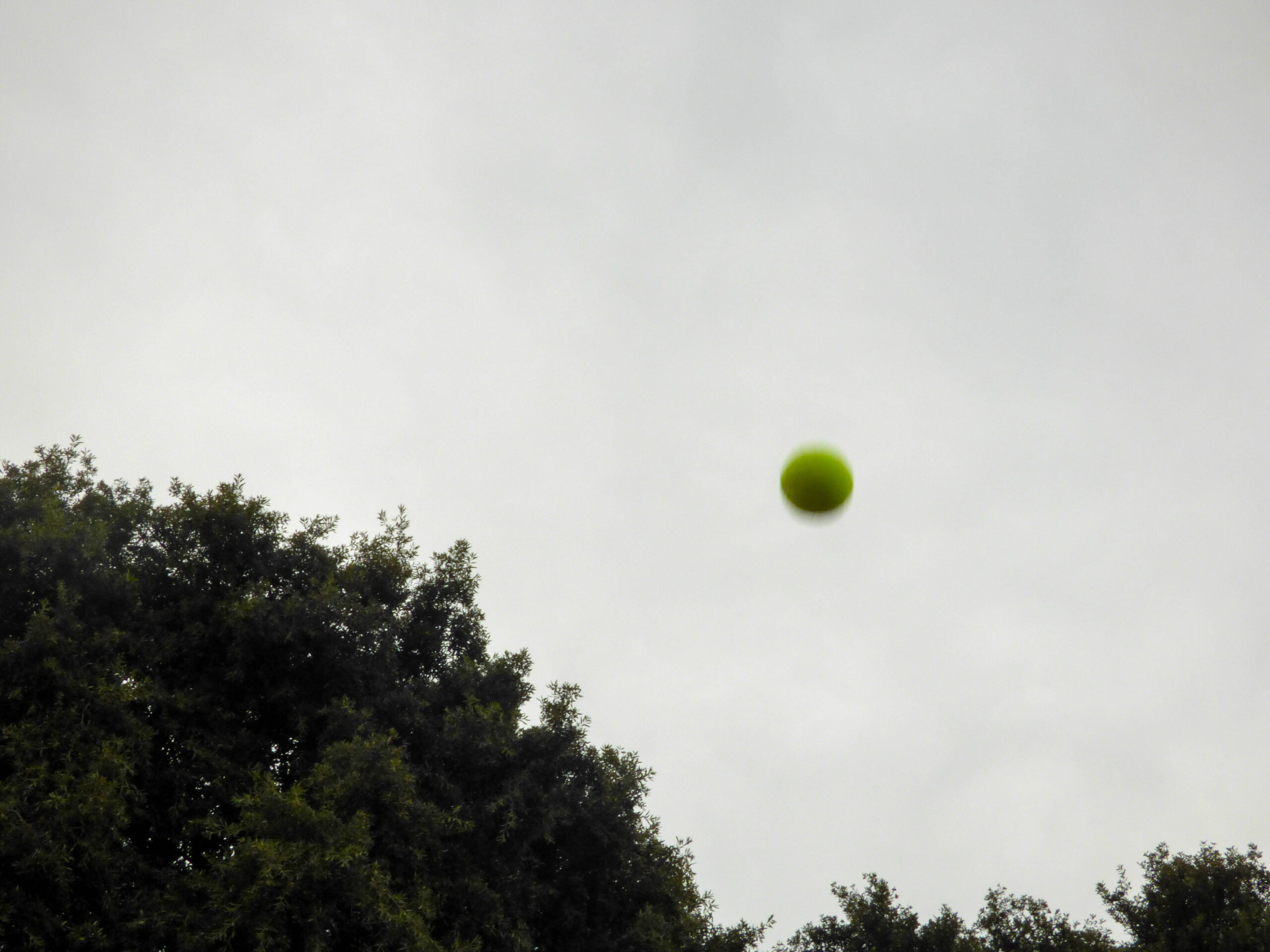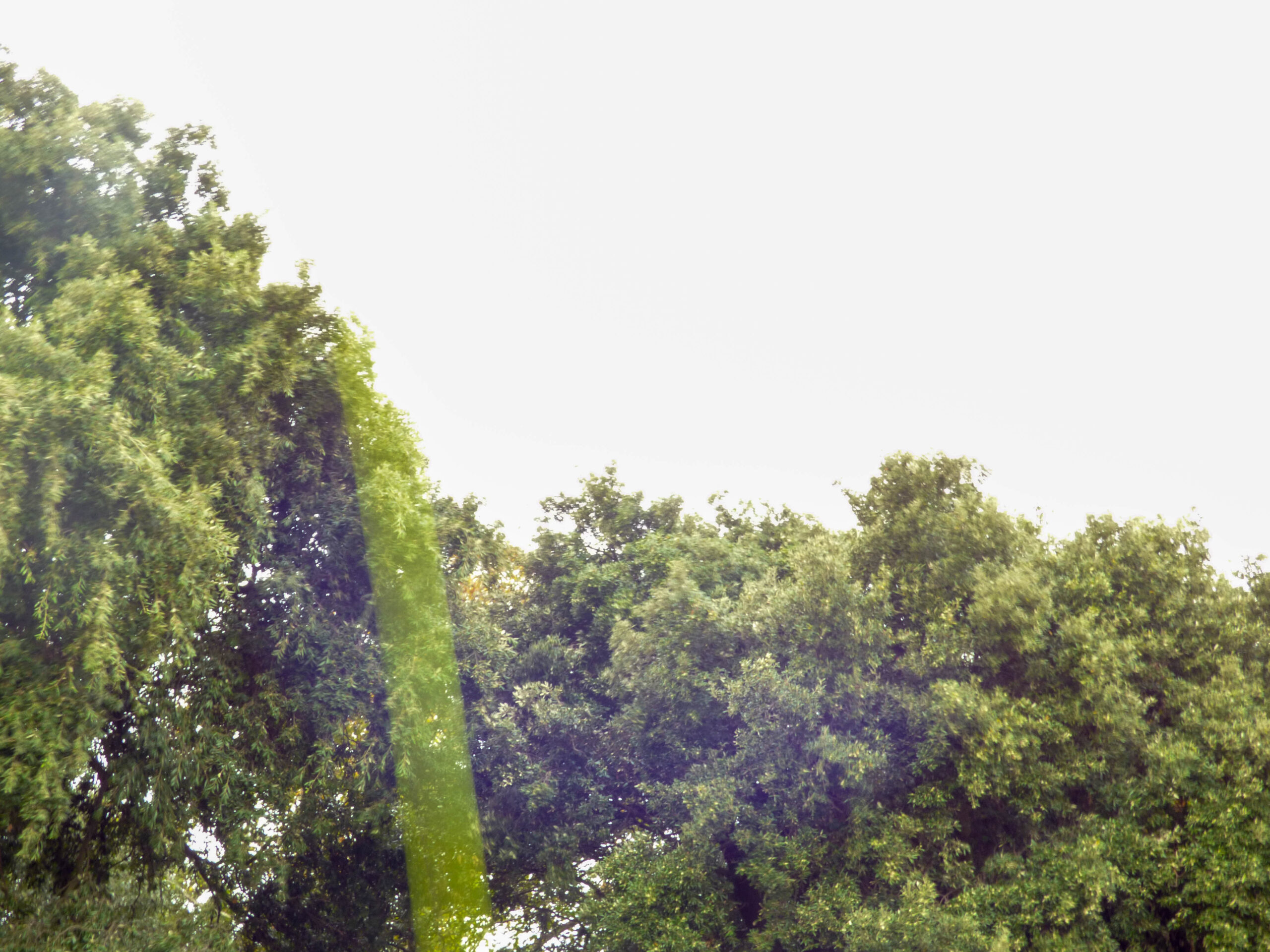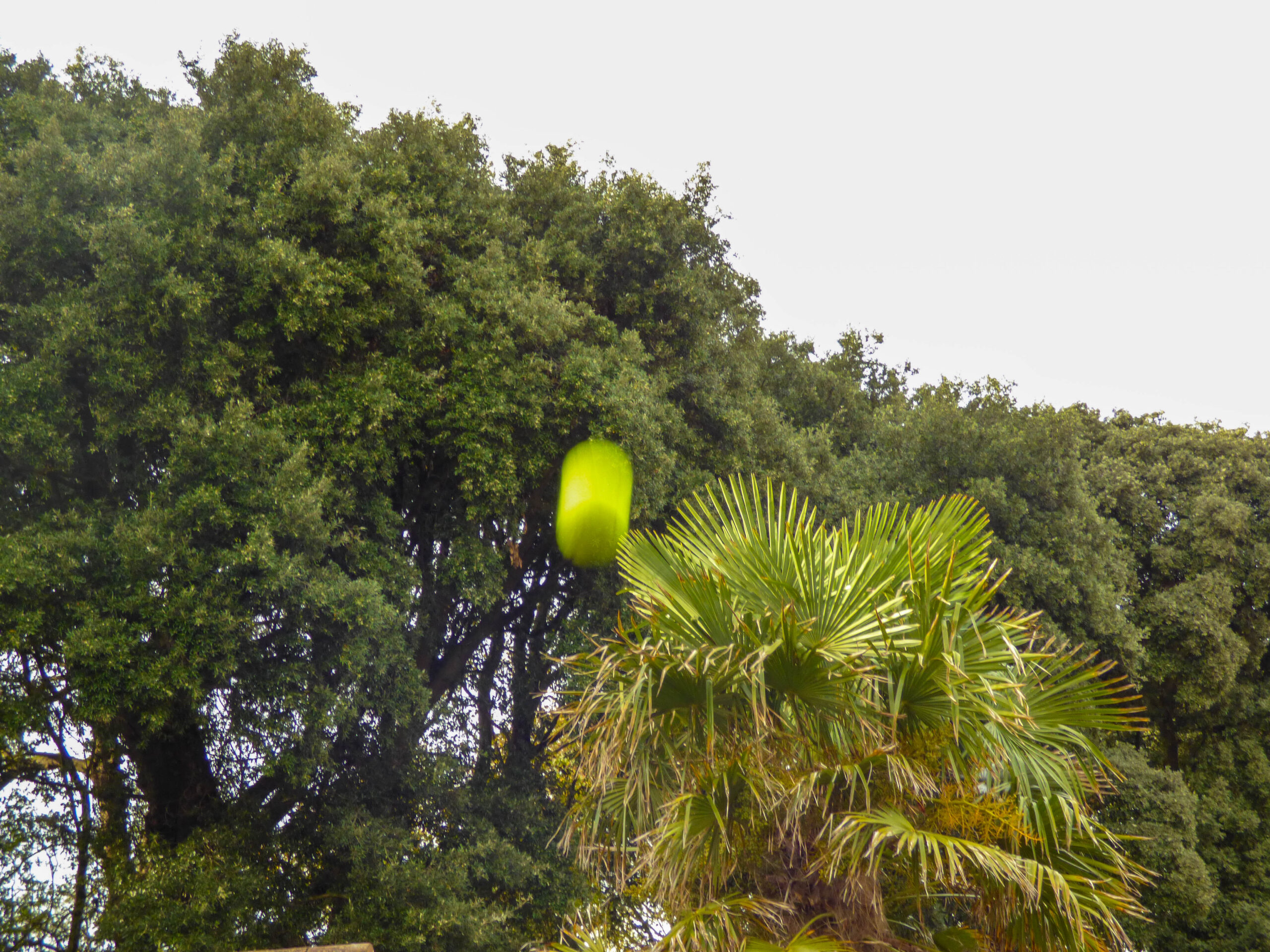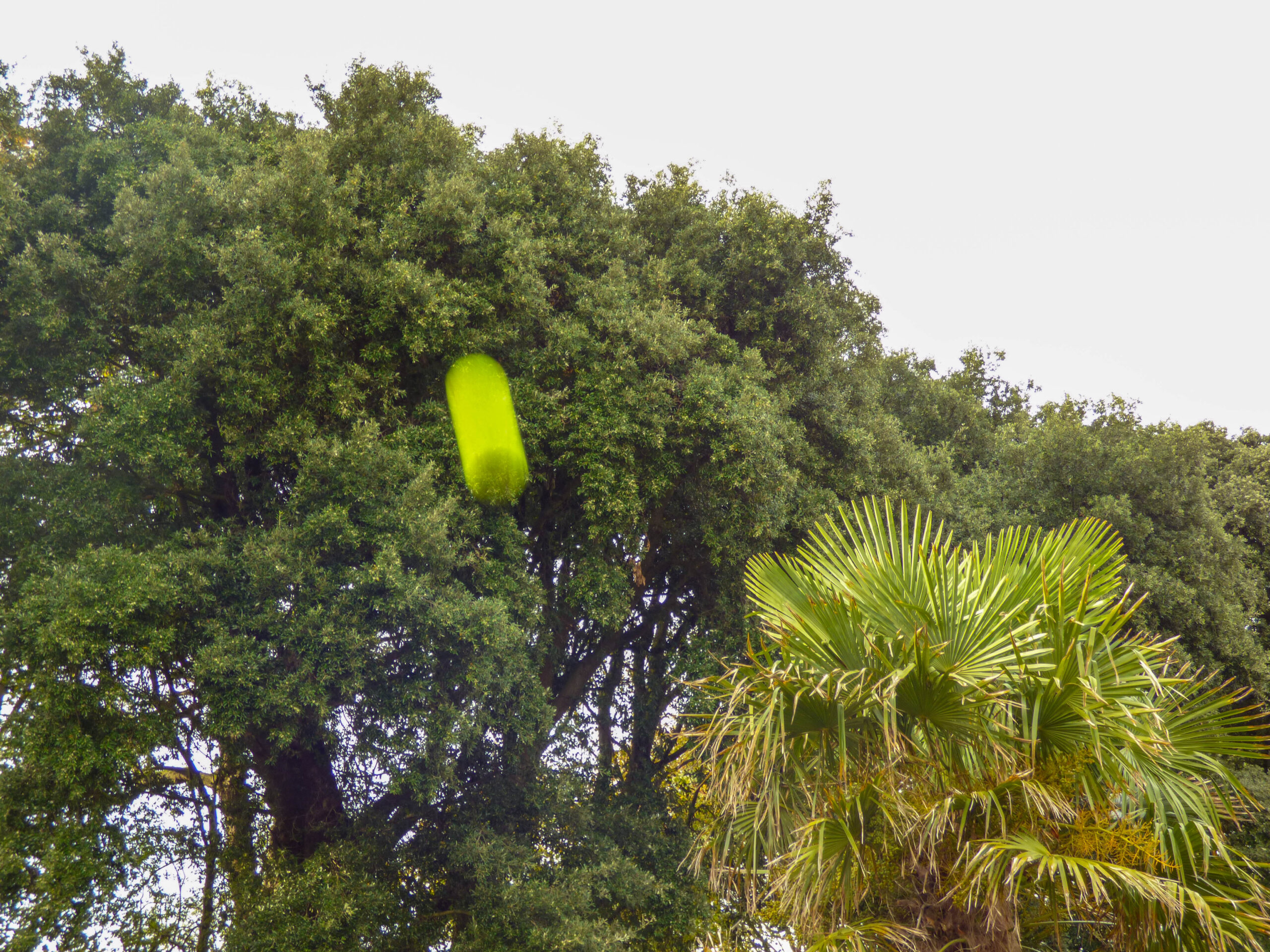what is shutter speed ?
Shutter speed is essentially how long the shutter in your camera is open for, therefore the longer its open the more light it will let in. So it can be useful in a dark environment, however, as it is open the camera uses that light to create the image so it can end up appearing blurry, sometimes we can use this to our advantage. I will represent this bellow through photographers who have used both fast and then slow shutter speed in their images and then some of my own images.
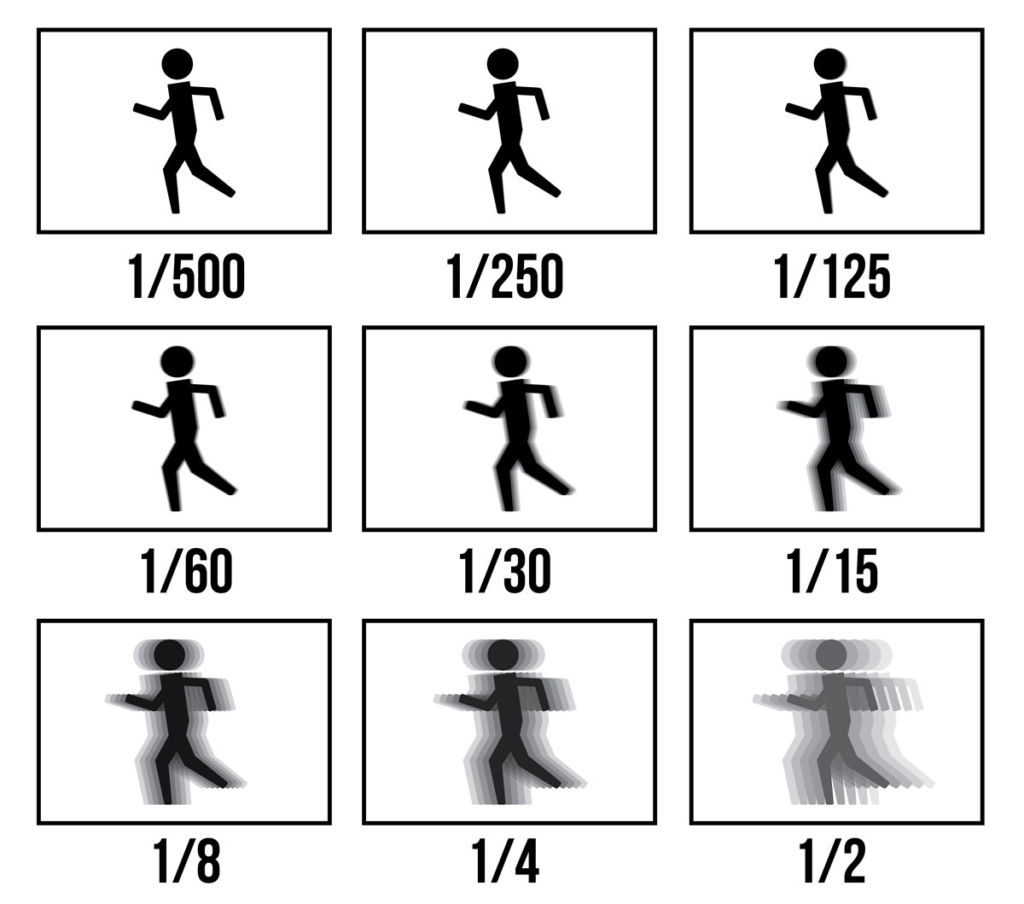
As you can see on the left the numbers are representing the amount of time the shutter is open, this image better represents the outcome of the shutter being open for longer.
I will switch my camera to the TV setting which is shutter priority shooting mode where I can change the shutter speed and the camera changes ISO and aperture for me, I will show this in the image below.
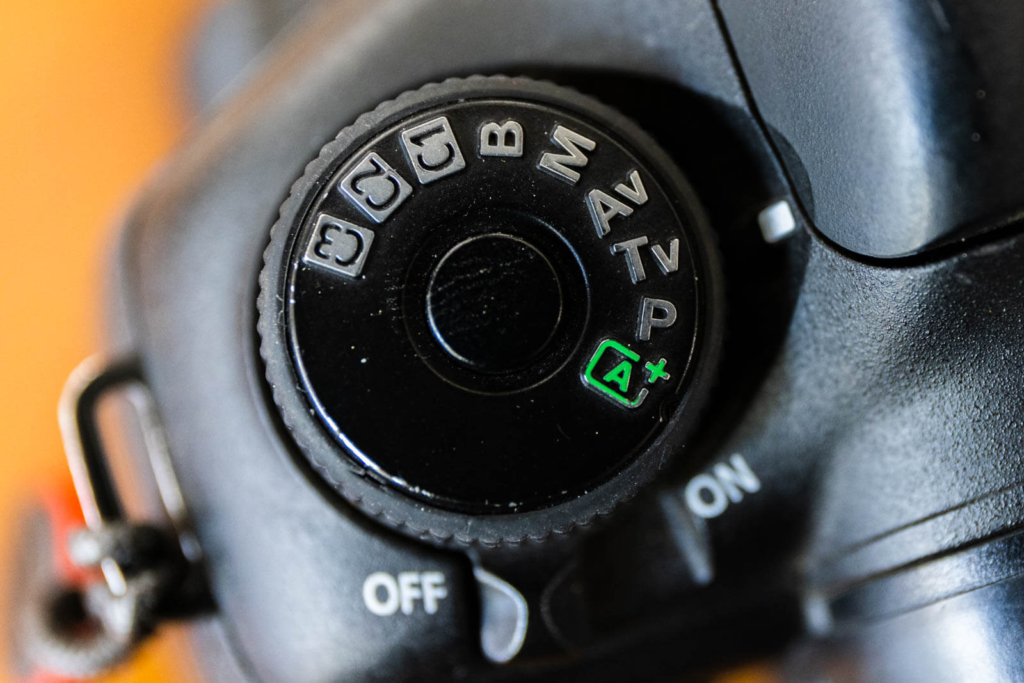
Inspiration (fast shutter speed) – Eadweard Muybridge
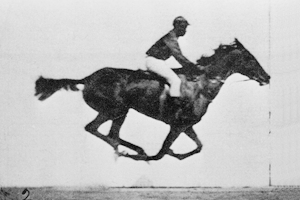
Eadweard Muybridge is remembered today for his pioneering photographic studies of motion, which ultimately led to the development of cinema. He was hired to photograph a horse’s movement to prove that a horse’s hooves are clear of the ground at a trot.
My contact sheet –

As you can see above I have taken images with a fast shutter speed and taken inspiration from Eadweard Muybridge, next I will go through the selection process and represent my final images as raw and edited.
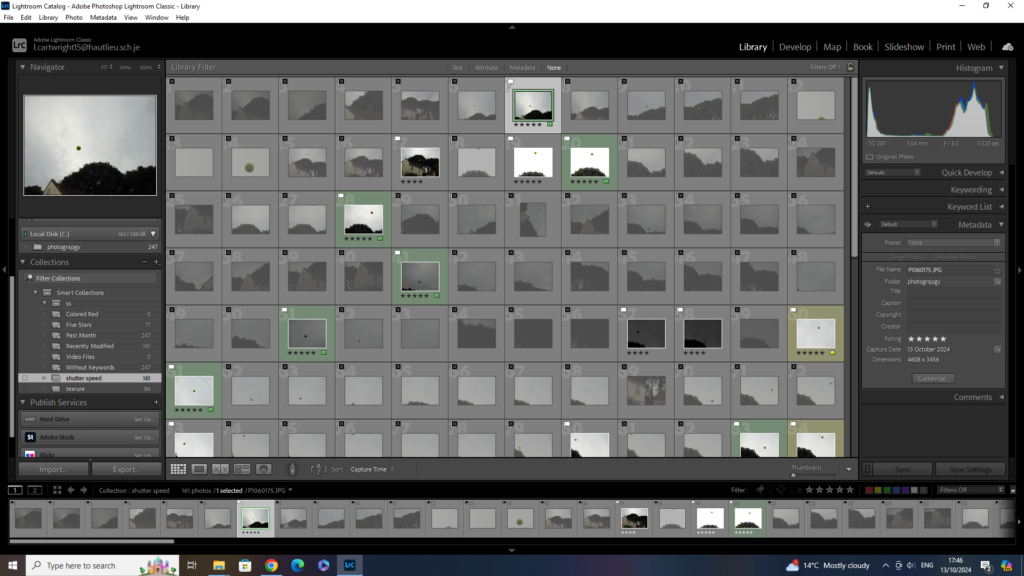
as you can see above I used P and X to flag my images to filter out the bad ones from the ok and good ones, next I rated these images 4 or 5 stars as 4 being ok ones and 5 being good ones, finally I gave them the colour yellow or green, green being the best and yellow being good. I will now edit these images that I selected and present them bellow along with the raw images.
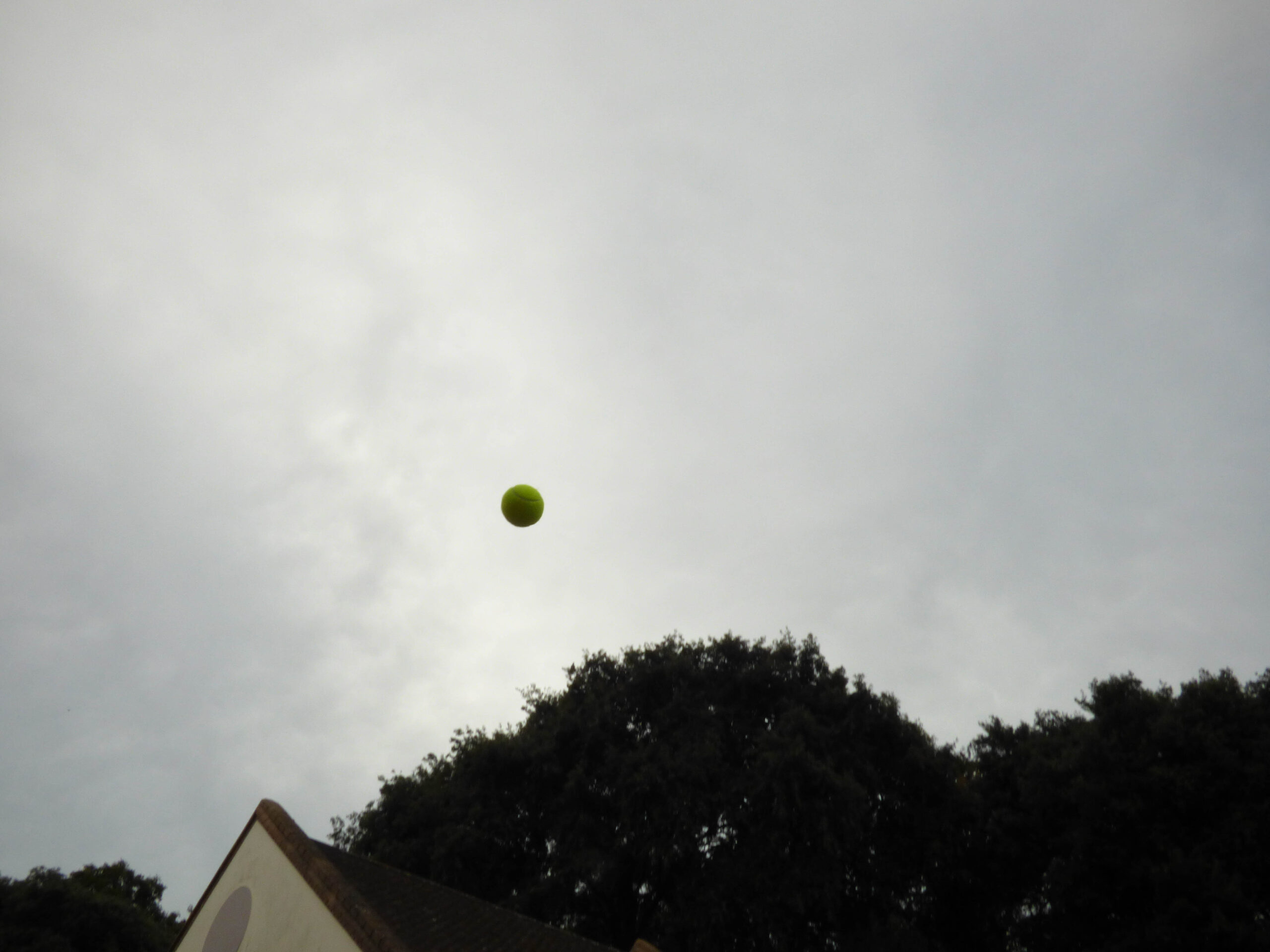
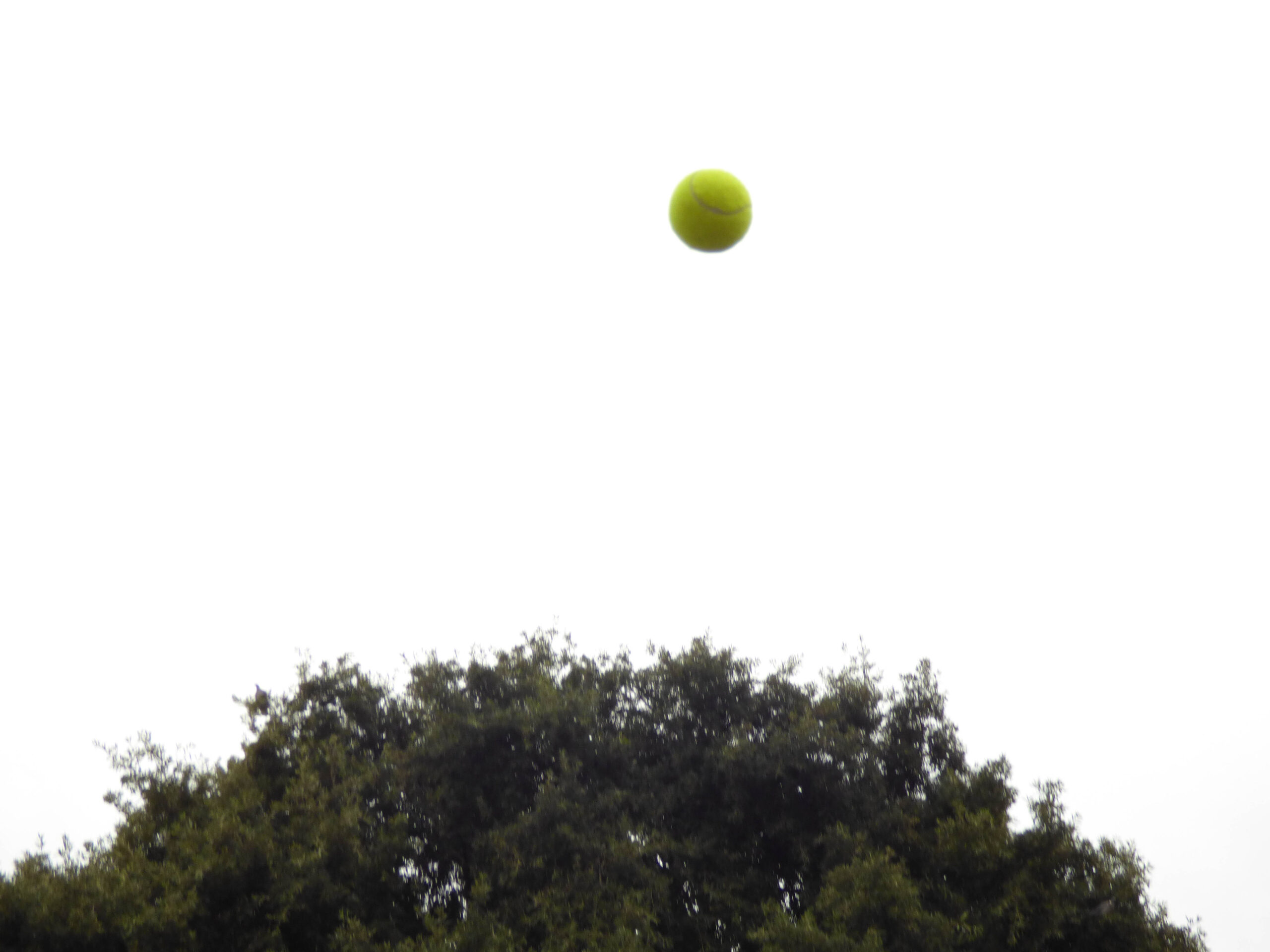
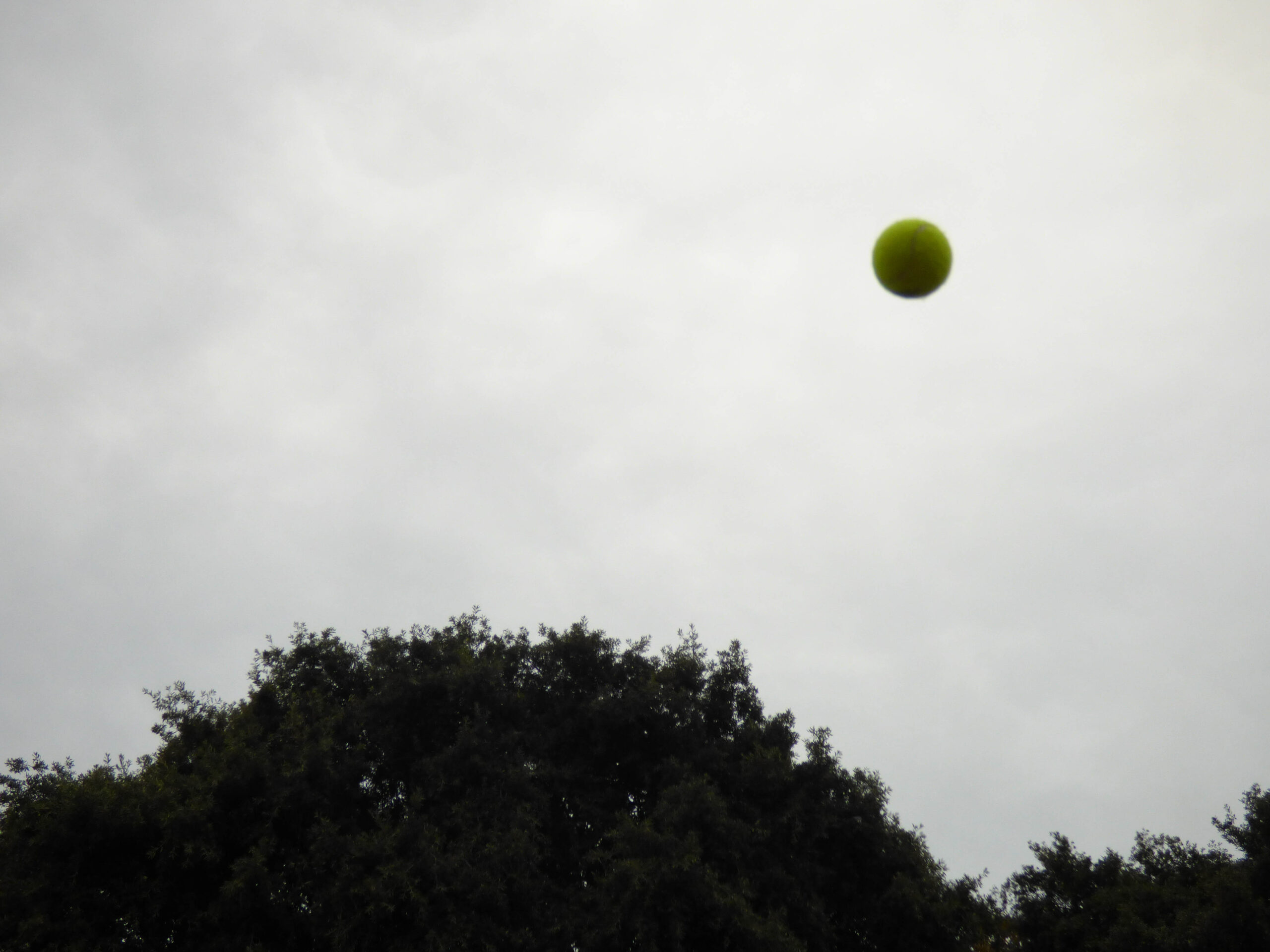
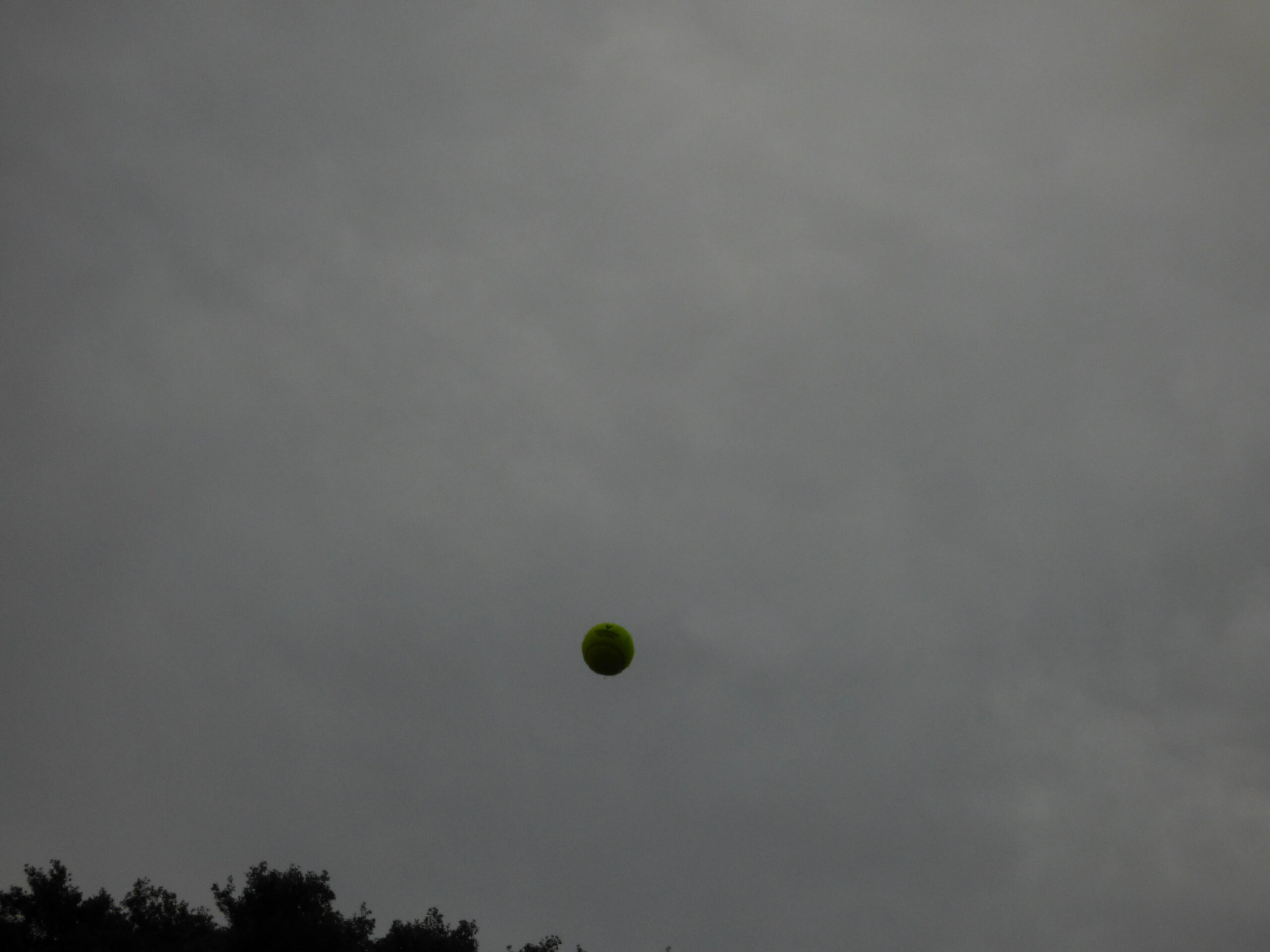
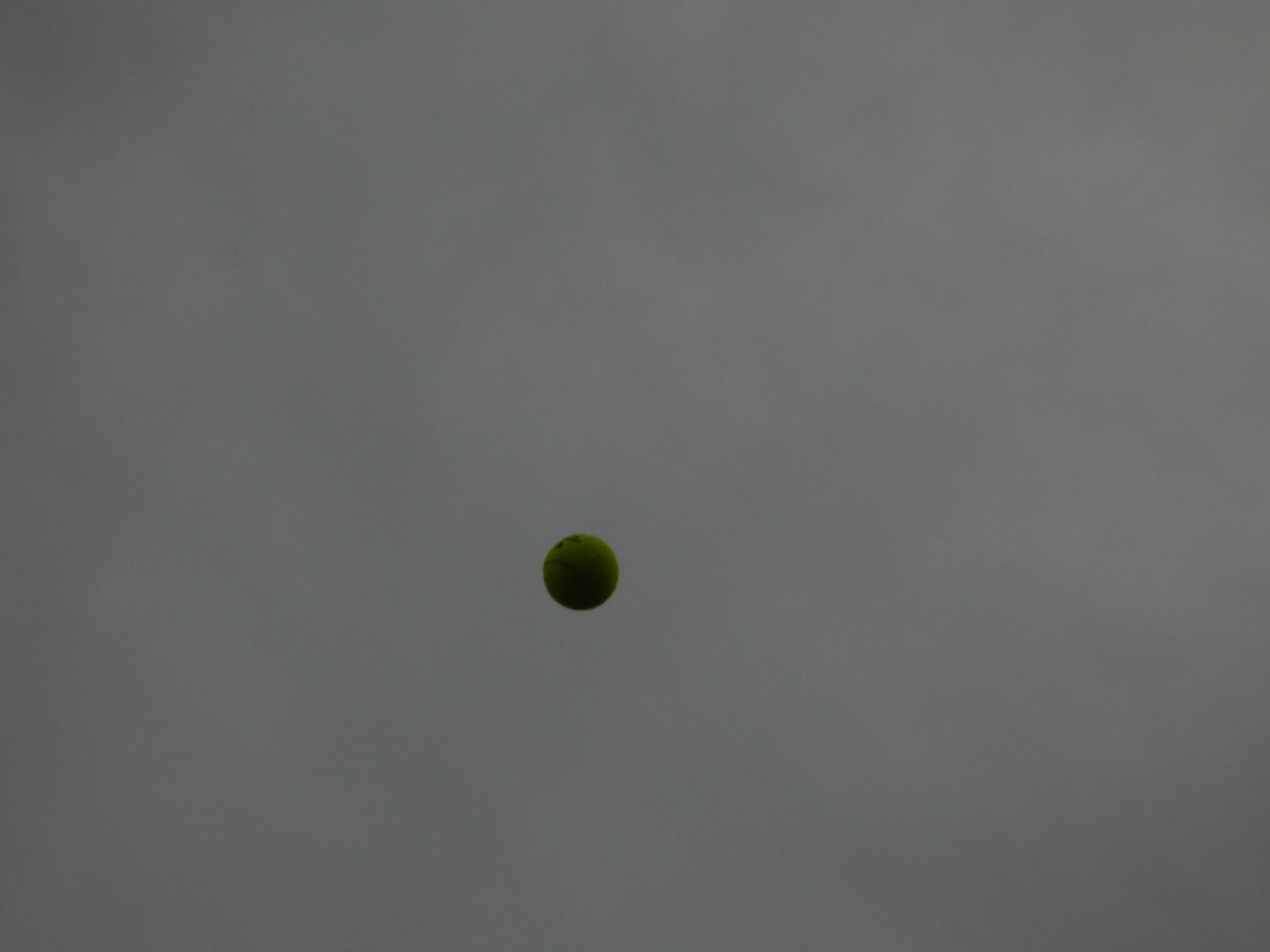
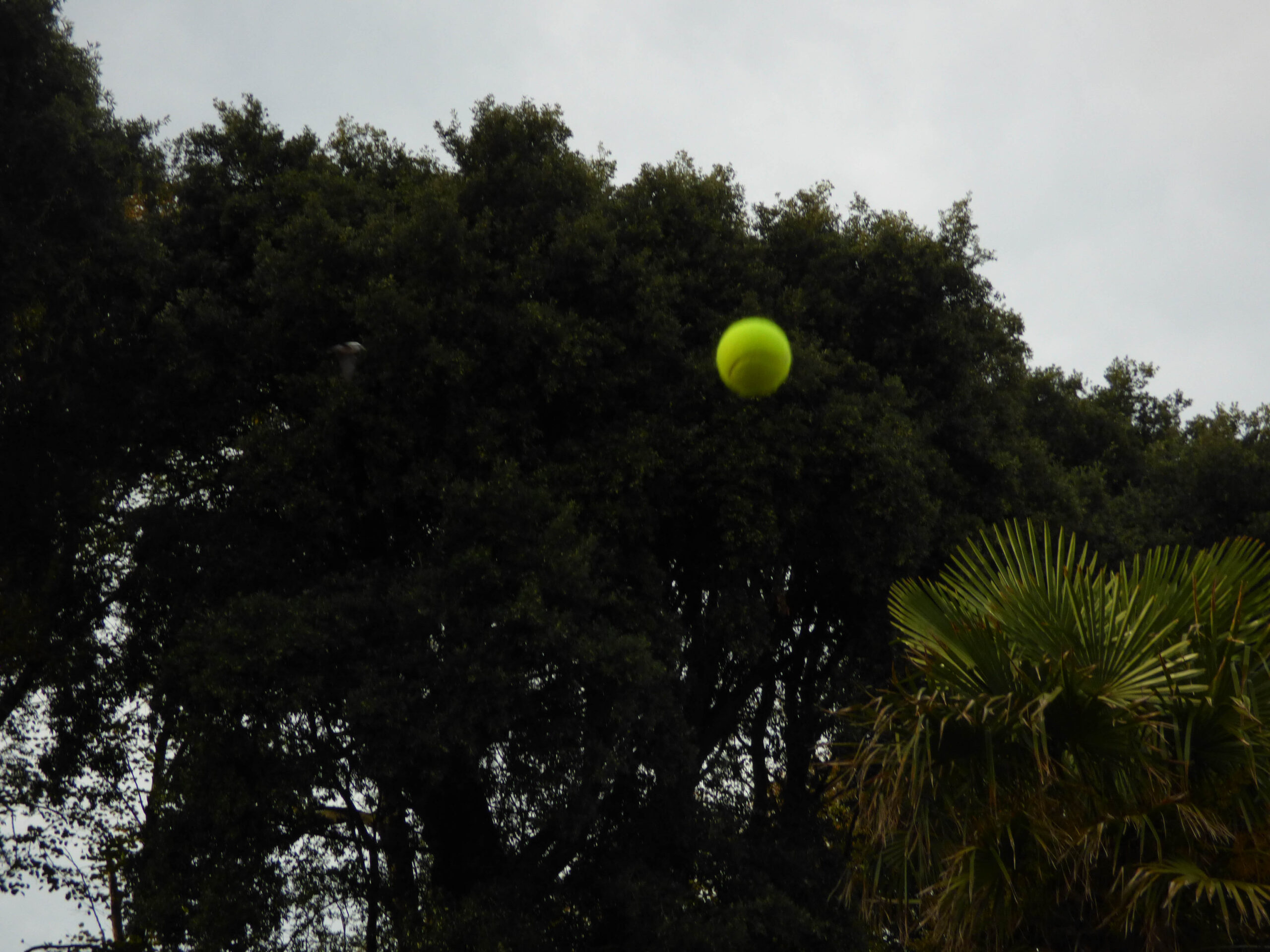
As you can see above I have taken inspiration from his work and produced 6 final images, we can see that with a fast shutter speed we get a sharper more detailed image of a moving object.
Edited images / final images –
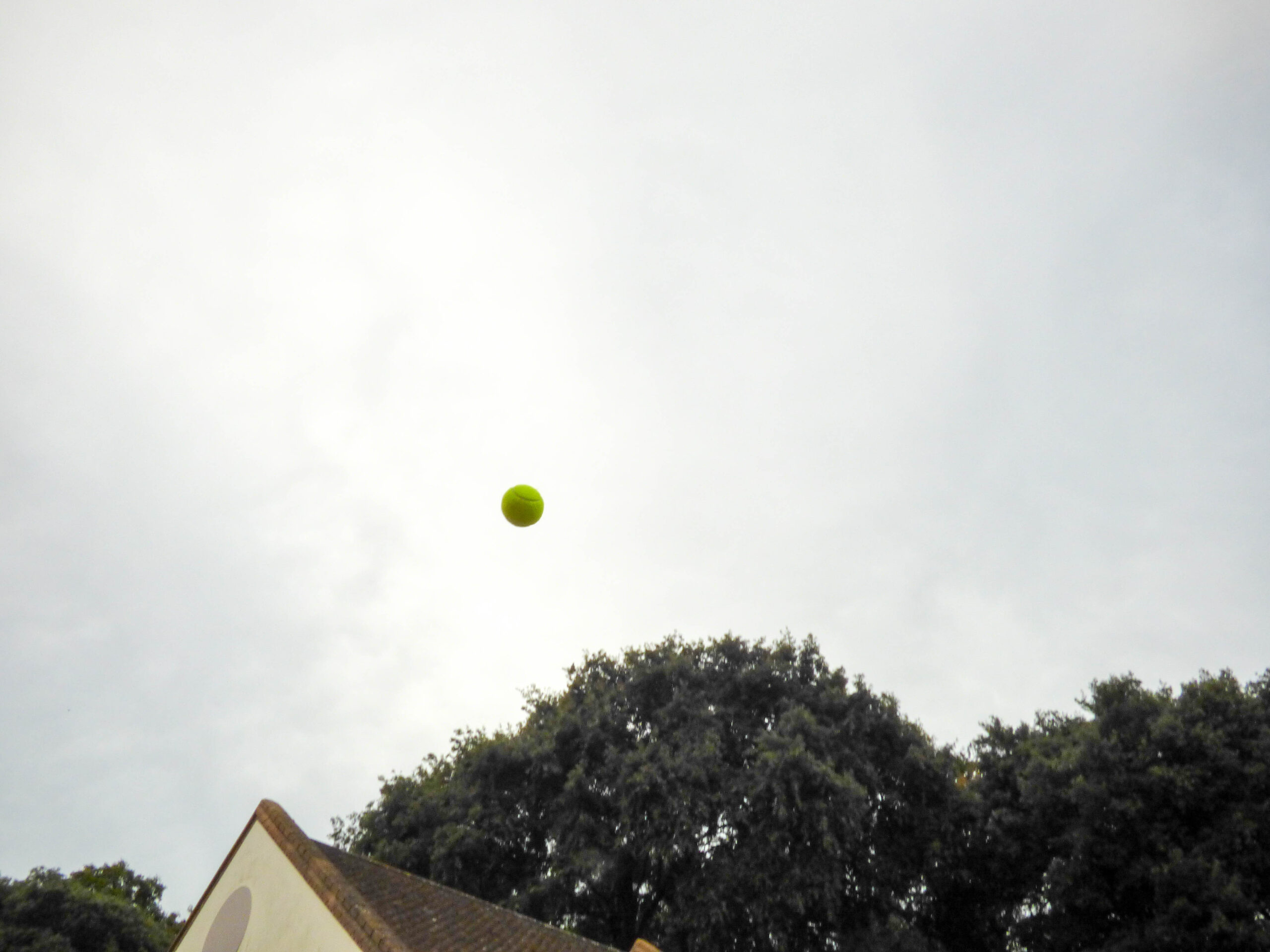

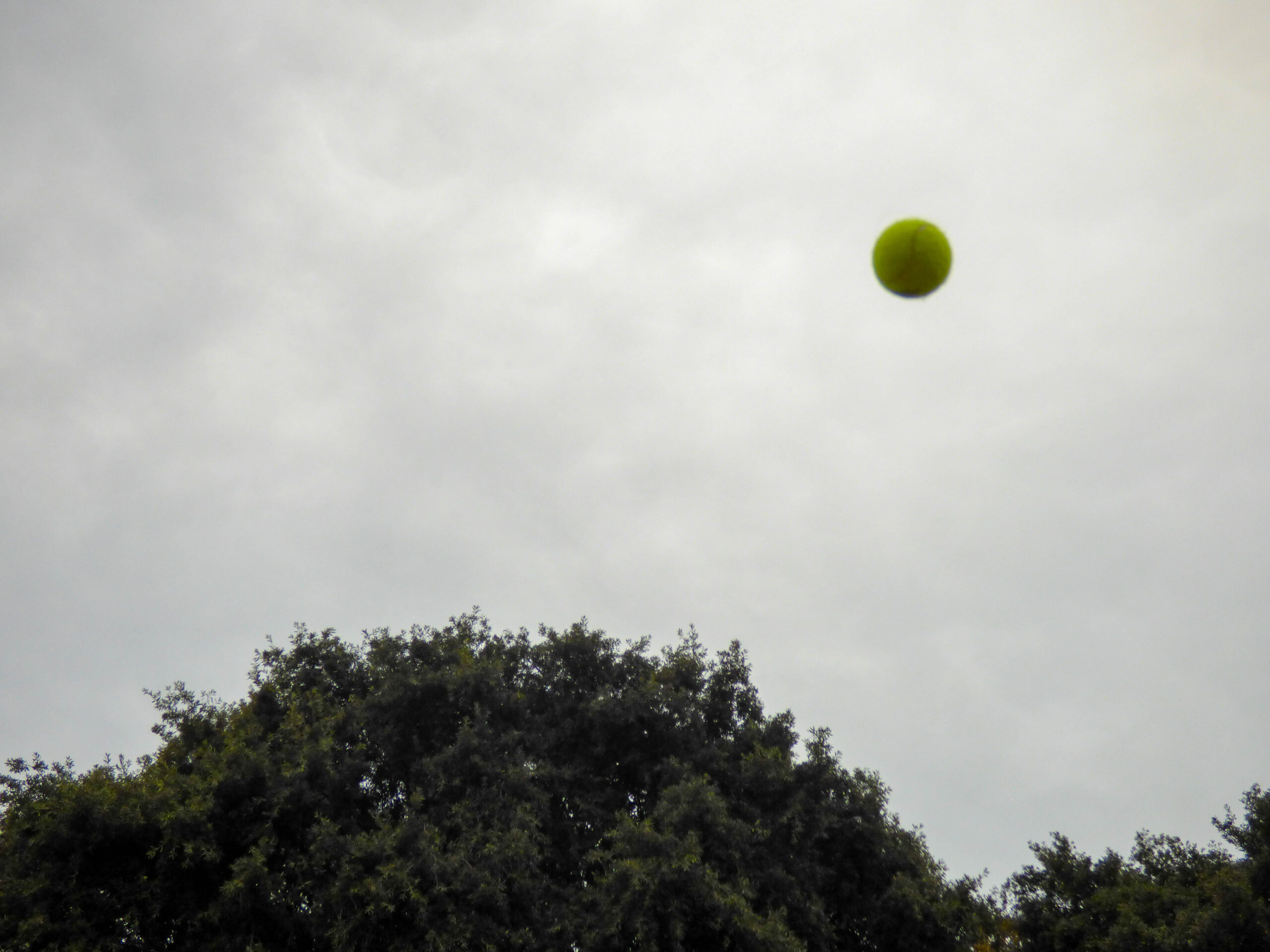
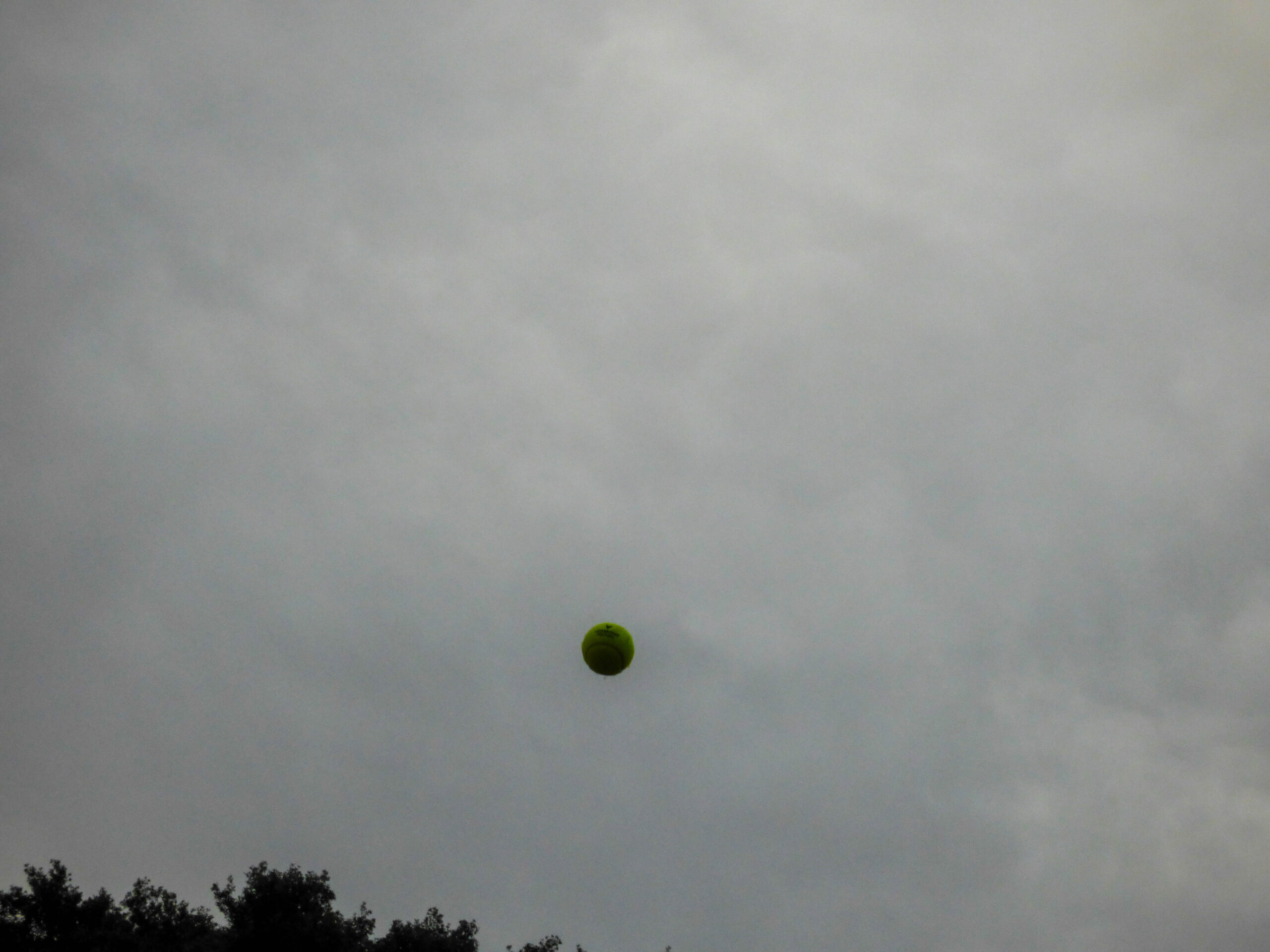
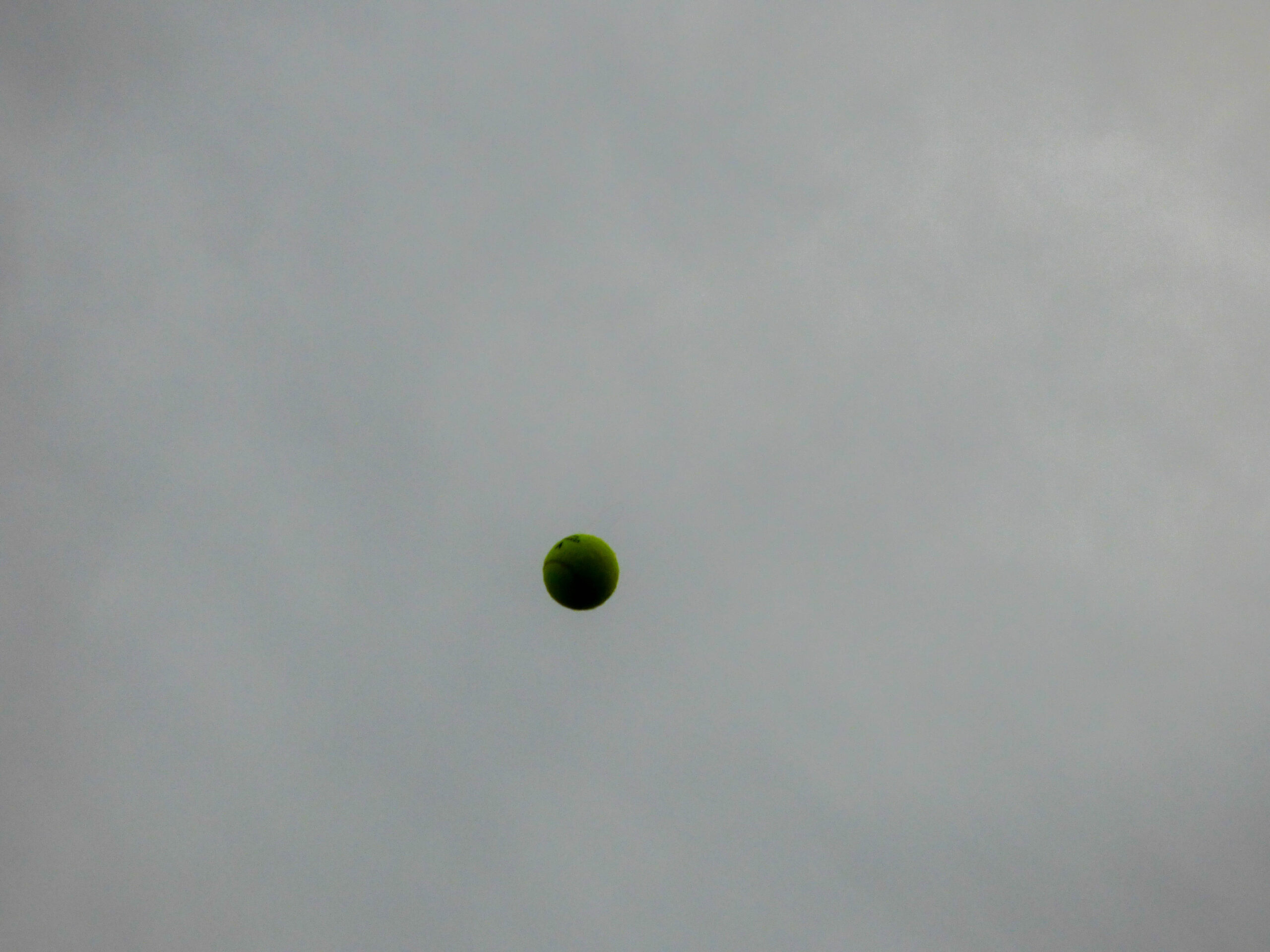
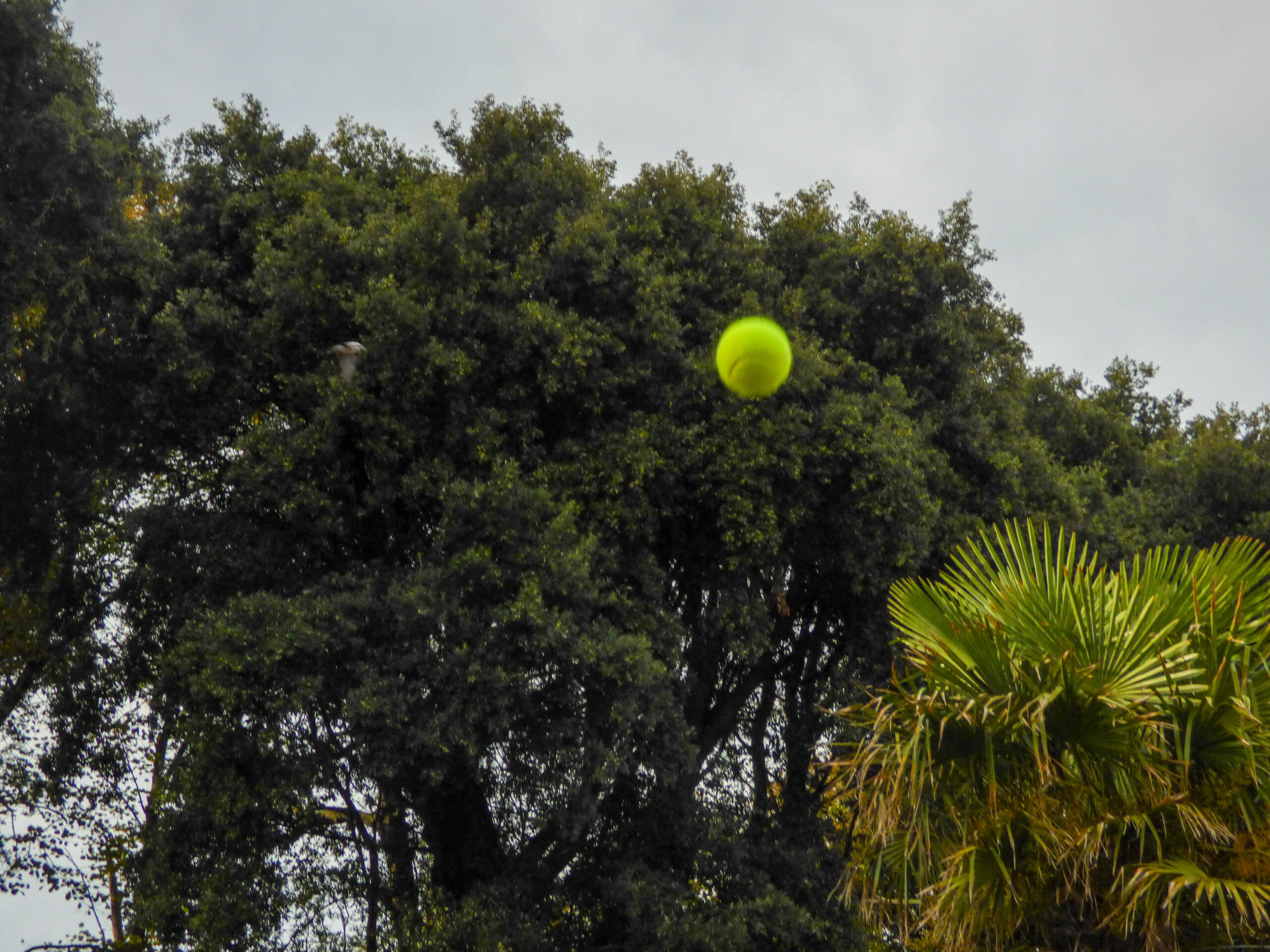
Inspiration (slow shutter speed) – Francesca Woodman
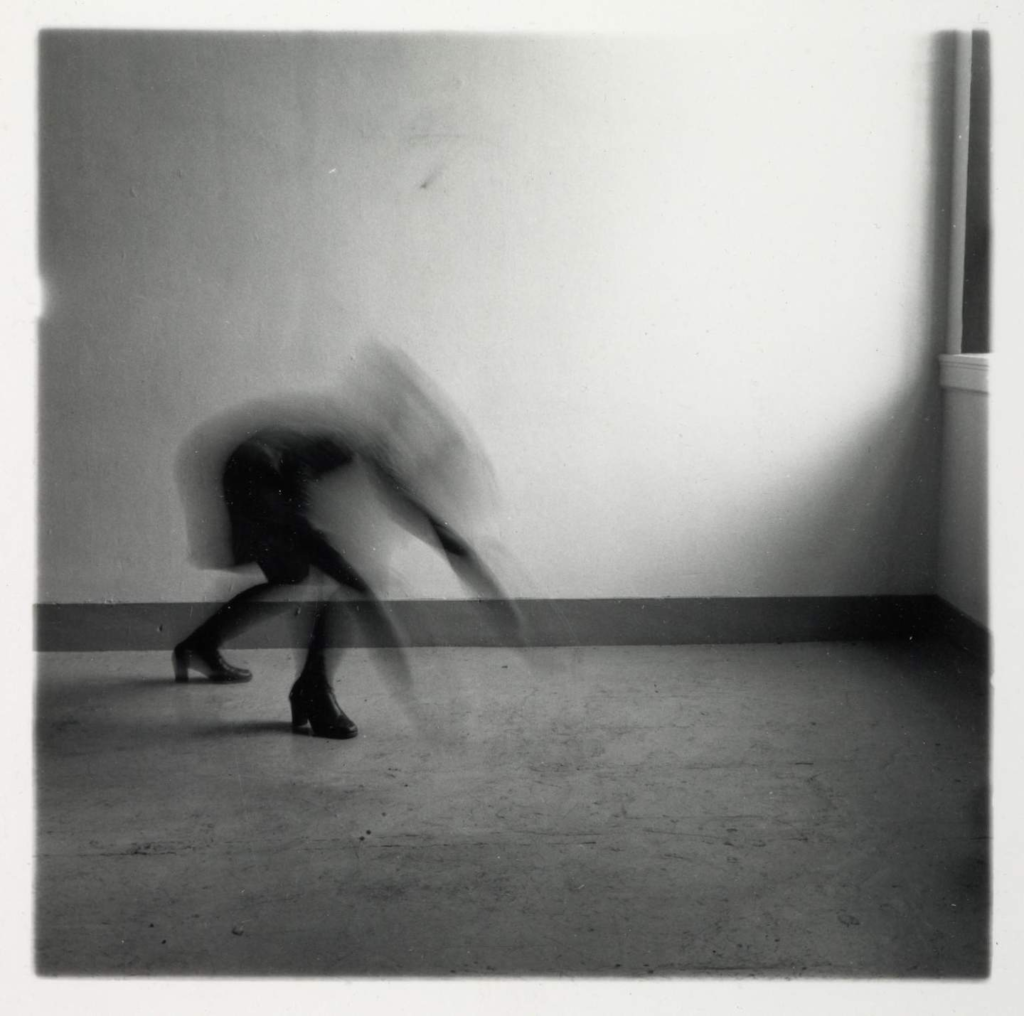
Francesca Woodman’s family spent their summers at her parents’ farmhouse in the countryside near Florence in Italy and many of her Photographs were taken there. European culture and art had a significant impact on her artistic development. The influence of Surrealist Art, particularly the photographs of Man Ray and Claude Cahun can be seen in the themes and style of her work. She developed her ideas and skills as a student at Rhode Island School of Design.
Her importance as an innovator is significant, particularly in the context of the 1970s when the status of photography was still regarded as less important than painting and sculpture. She led the way for later American artists who used photography to explore themes relating to identity such as Cindy Sherman and Nan Goldin
My contact sheet –

As you can see above I have taken images with a slow shutter speed and taken inspiration from Francesca Woodman, next I will go through the selection process and represent my final images as raw and edited.

as you can see above I used P and X to flag my images to filter out the bad ones from the ok and good ones, next I rated these images 4 or 5 stars as 4 being ok ones and 5 being good ones, finally I gave them the colour yellow or green, green being the best and yellow being good. I will now edit these images that I selected and present them bellow along with the raw images.




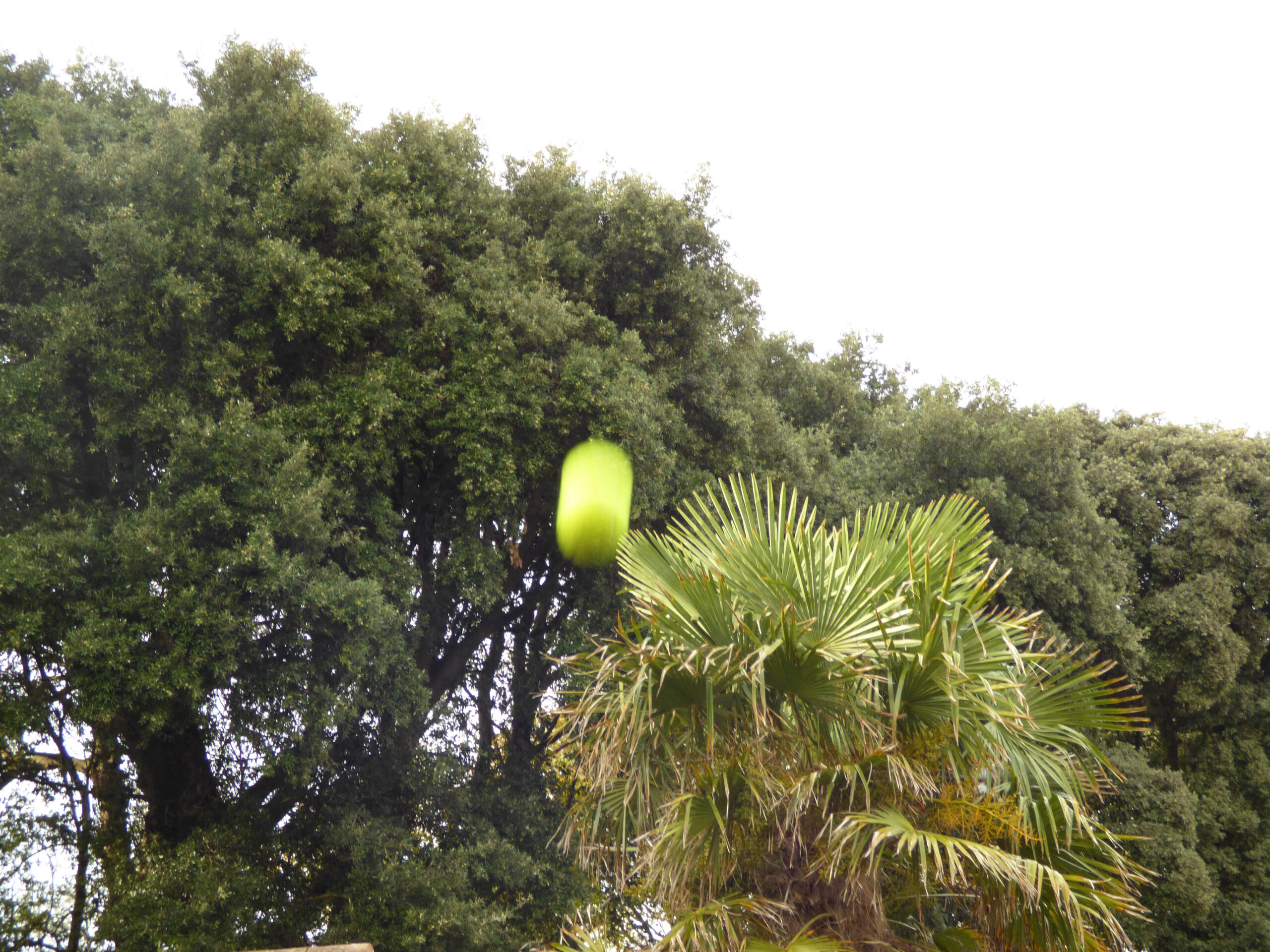
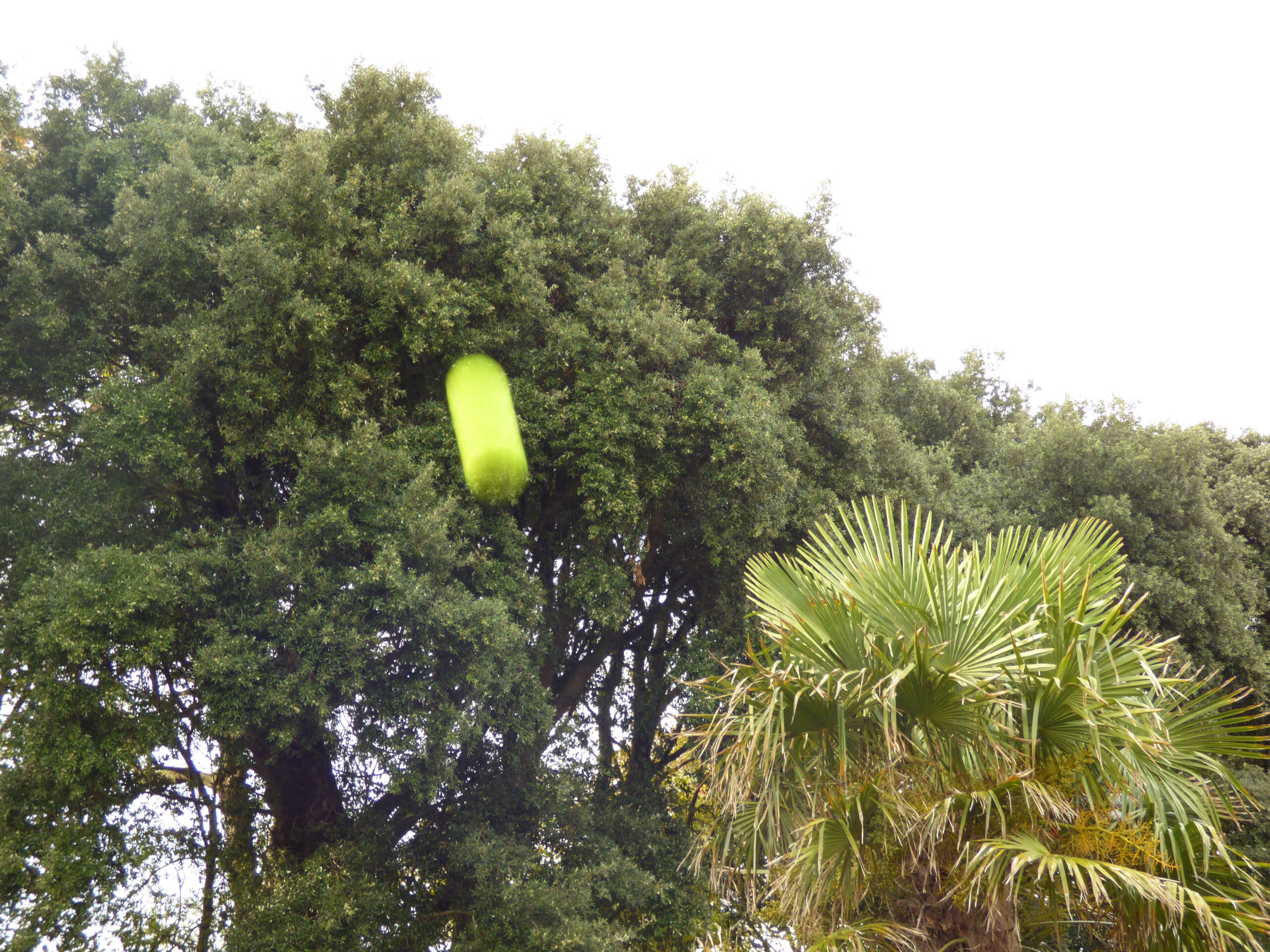
As you can see above I have taken inspiration from her work and produced 6 final images, we can see that with a slow shutter speed we get a blurry image of a moving object, however, you can use this to your advantage to better the image rather than worsen it in the correct circumstances.
Edited images / final images –

